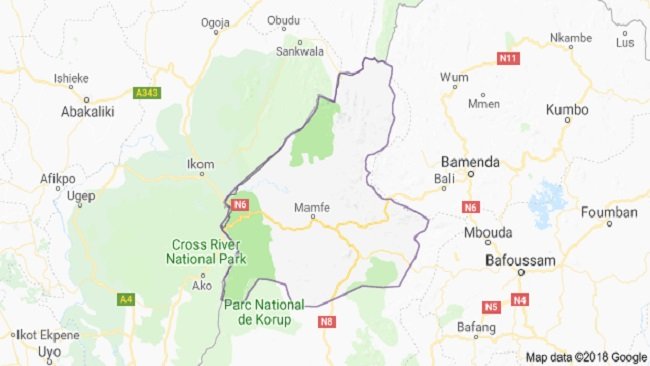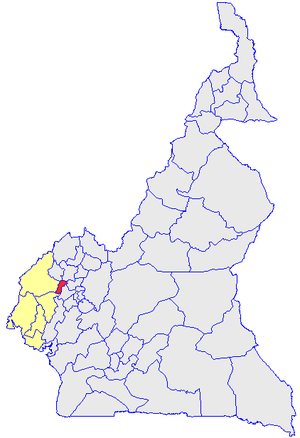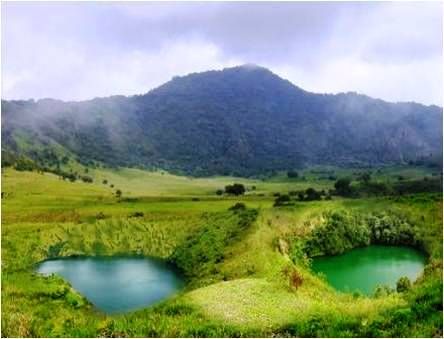All About Ndian Division
Ndian Division is found in the South West Region of Cameroon. It is one of the six divisions that make up the South West Region. Ndian borders the Manyu Division to the North, Fako to the south, Kupe Muanenguba and Meme to the east, and the Federal Republic of Nigeria to the West.
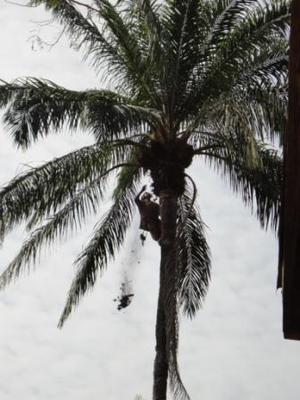 |
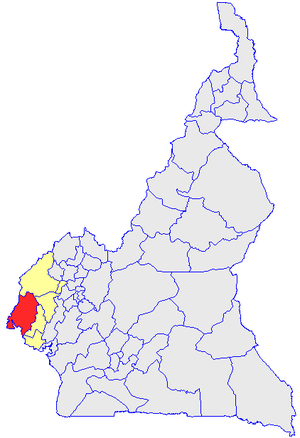 |
Quick and Fun Facts About Ndian Division
HOME OF THE OROKOS
|
|
History of Ndian
Ndian division was created in the year 1975 from part of Victoria and Kumba Divisions. The headquarters of the division is in Mundemba with several other towns such as Bamusso, Toko, Dikome Balue, Isangele, Ekondo Titi and Bekora. Ndian division is made of nine subdivisions which are Bamusso, Toko, Dikome Balue, Isangele, Ekondo Titi, Kumbo Itindi, Idabato, Kumbo Abedimo and Mundemba. The division is linked to other important towns such as Kumba in the Meme division.
Population
The 2005 population census conducted, estimated the population of Ndian division at 362,201 inhabitants. Out of this population, 83% is rural and 17 is semi-urban. The population has an average density of 55 persons/km², it drops to about 20 persons/km² in the maritime areas and Rumpi hills and increases in the semi-urban centers of Mundemba and Ekondo Titi to about 220 persons/km².
Ethnic Group
The Ndian division is inhabited by various tribes which include Batanga, Isangale, Bima, Balondo, Efik, Balue and Ngolo. These tribes speak similar langauges of Bantu. The mountainous forest area is inhabited by the Batanga, Balue, Bimba and Ngolo, and depend mostly on hunting, shifting cultivation and gathering of non-timber forest product which are very vibrant activities to the people of the division. While the Efik, Isanguele and Balondo are found around the maritime and low-lying areas where they are involved in various agricultural practices, fishing and petty trading.
Climate
The Ndian division is inhabited by various tribes which include Batanga, Isangale, Bima, Balondo, Efik, Balue and Ngolo. These tribes speak similar langauges of Bantu. The mountainous forest area is inhabited by the Batanga, Balue, Bimba and Ngolo, and depend mostly on hunting, shifting cultivation and gathering of non-timber forest product which are very vibrant activities to the people of the division. While the Efik, Isanguele and Balondo are found around the maritime and low-lying areas where they are involved in various agricultural practices, fishing and petty trading.
Agriculture
In the Ndian division, shifting cultivation is practiced by the indigenes. In shifting cultivation, the farmer clears a small piece of land, followed by burning of the slash at the end of the dry season probably in February/March. Planting then begins at the beginning of the rainy season which starts in April/May. Varieties of primary and staple food crops are planted such as cocoyam, cassava, banana, yam and maize.
Cocoa in this area has been the most important cash crop even though coffee and oil palm is also cultivated in the area. Nowadays, large commercial plantations of rubber and oil palm have been established in the area.
Vegetation
Ndian division is covered by a sub-montane forest which is characterised by low and irregular canopy about 15-20 m tall. Most of the trees in this area attain a height of 35 m with canopy and foliage cover which ranges from 60% to 90%. The herb layer in this area is close and mostly attain a height of 1 m. While the shrub layer which often replaces the tree layer as canopy ranges from closed to open, often attain a height between 3 to 7 m. Canopy is full of climbers and due to the presence of epiphytes, it has a cloud forest appearance. Due to steep slopes in this area, the sub-montane forest become very inaccessible and difficult for timber exploitation.
Artisanal logging has occurred over the past decades and has led to monocrop plantations and regrowth fields due to the fact that, the lowland forest are easily accessible.
Infrastructure
The Ndian Division has numerous primary schools with mission schools, public schools, Training colleges and lay private. There are also health centres, plantations of PAMOL, CDC and other small holders. There are also constructed and unconstructed markets at, financial institutions such as Express Union, MC2 Bank, Lobe Credit Union and FIFFA. Some parts of the Division is also electrified by ENEO.
Religion
The major form of religious worship in the Ndian division is Christianity. The main denomination of Christianity in the area is Catholic, Apostolic, Baptist, Presbyterian, Full Gospel and other Pentecostal churches. Despite the practice of Christianity in this area, most of the people are still adhere to their animist beliefs.
Hope you enjoyed this page on Ndian Division. Click here to return to our home page
Click Here for Further Readings
Have A Great Story About Ndian Division?
Are you from Ndian? Do you have a great story about this place? Do you have pictures? Share it!
